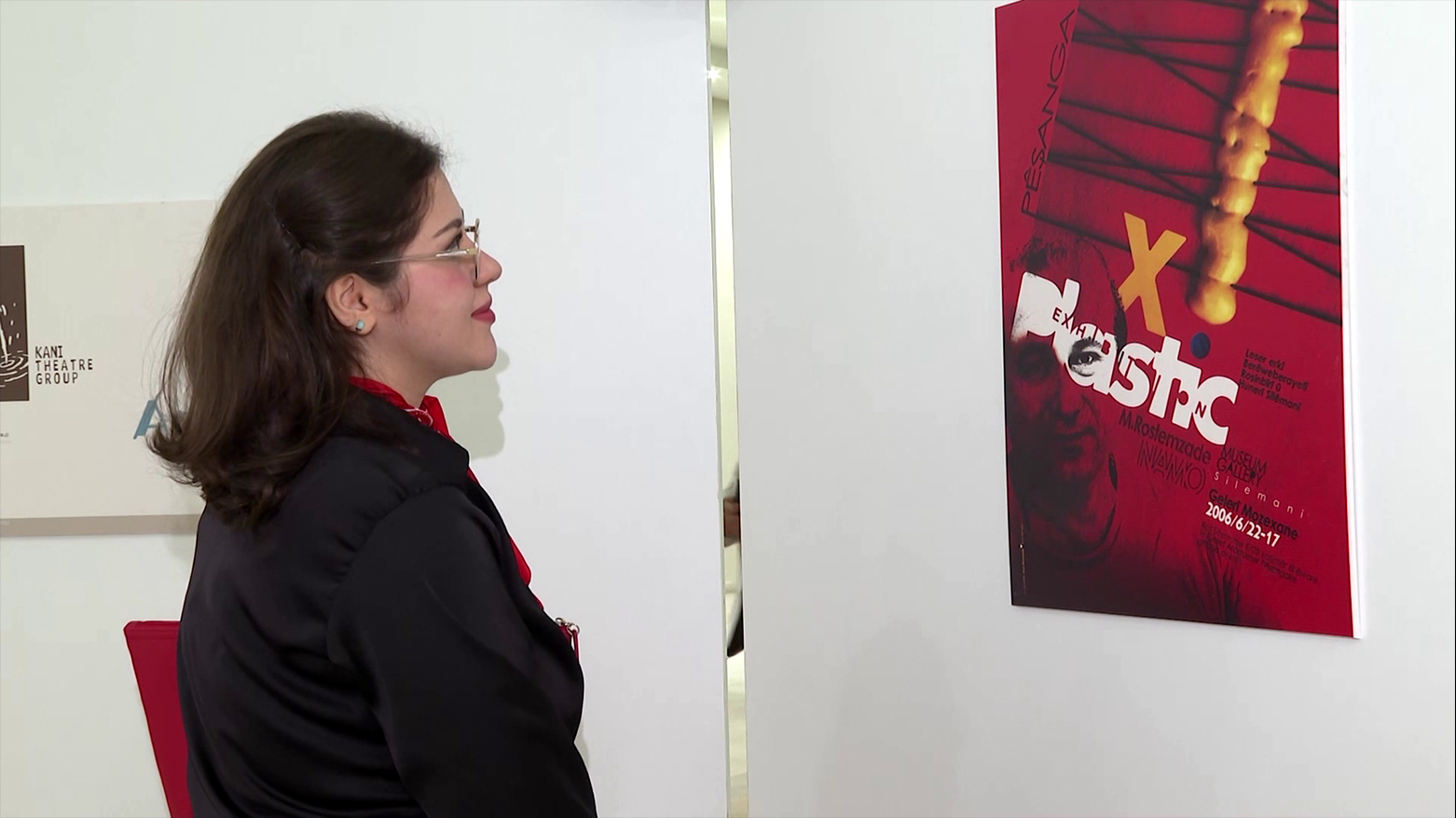Three Perspectives, One Vision: Artists in Duhok Bridge Past and Future of Kurdistan
An exhibition at the American University of Kurdistan in Duhok featured three Kurdish artists, one of whom designed currency for a future Kurdish state, while others focused on preserving cultural folklore, aiming to inspire dialogue and connect generations with their heritage.
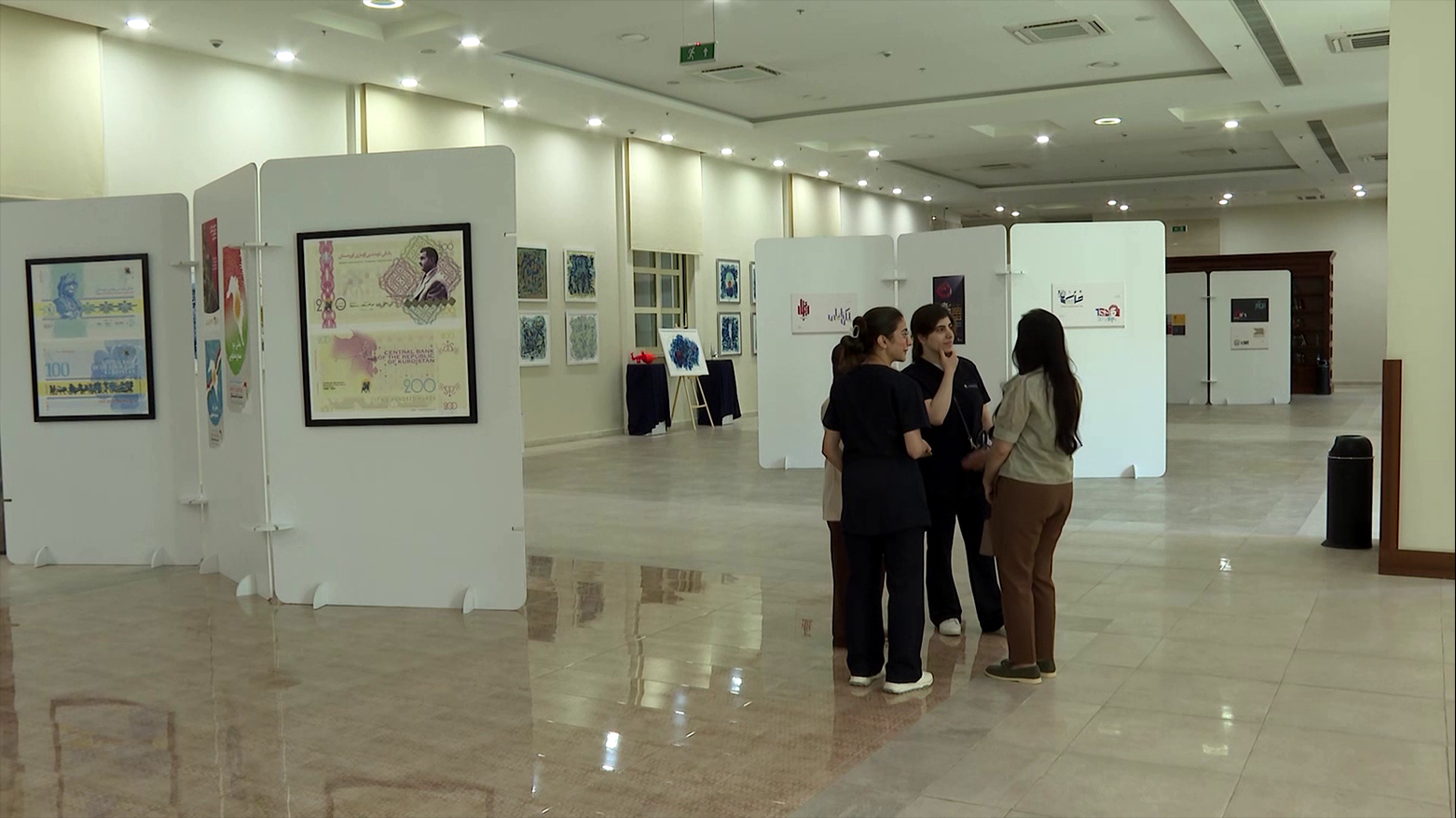
ERBIL (Kurdistan24) – In a quiet but powerful act of nation-building, the halls of the American University of Kurdistan (AUK) in Duhok became a canvas for the future on Tuesday, where an exhibition of visual arts gave tangible form to a nation's highest aspirations. Titled “Three Perspectives,” the event brought together the works of three Kurdish artists, one of whom unveiled a meticulously crafted vision for the currency and state institutions of a sovereign Kurdistan, transforming the gallery into a space of poignant reflection on what is and what could be.
The exhibition served as a profound dialogue between the past and the future, a conversation held through the mediums of graphic design and traditional painting.
At the forefront of this dialogue was Aso Mamzade, an artist from Eastern Kurdistan whose work dared to imagine the day-to-day symbols of an independent state. His collection featured a series of striking designs for a future Kurdish currency named "Kuros", each note a testament to the nation's history and heroes.
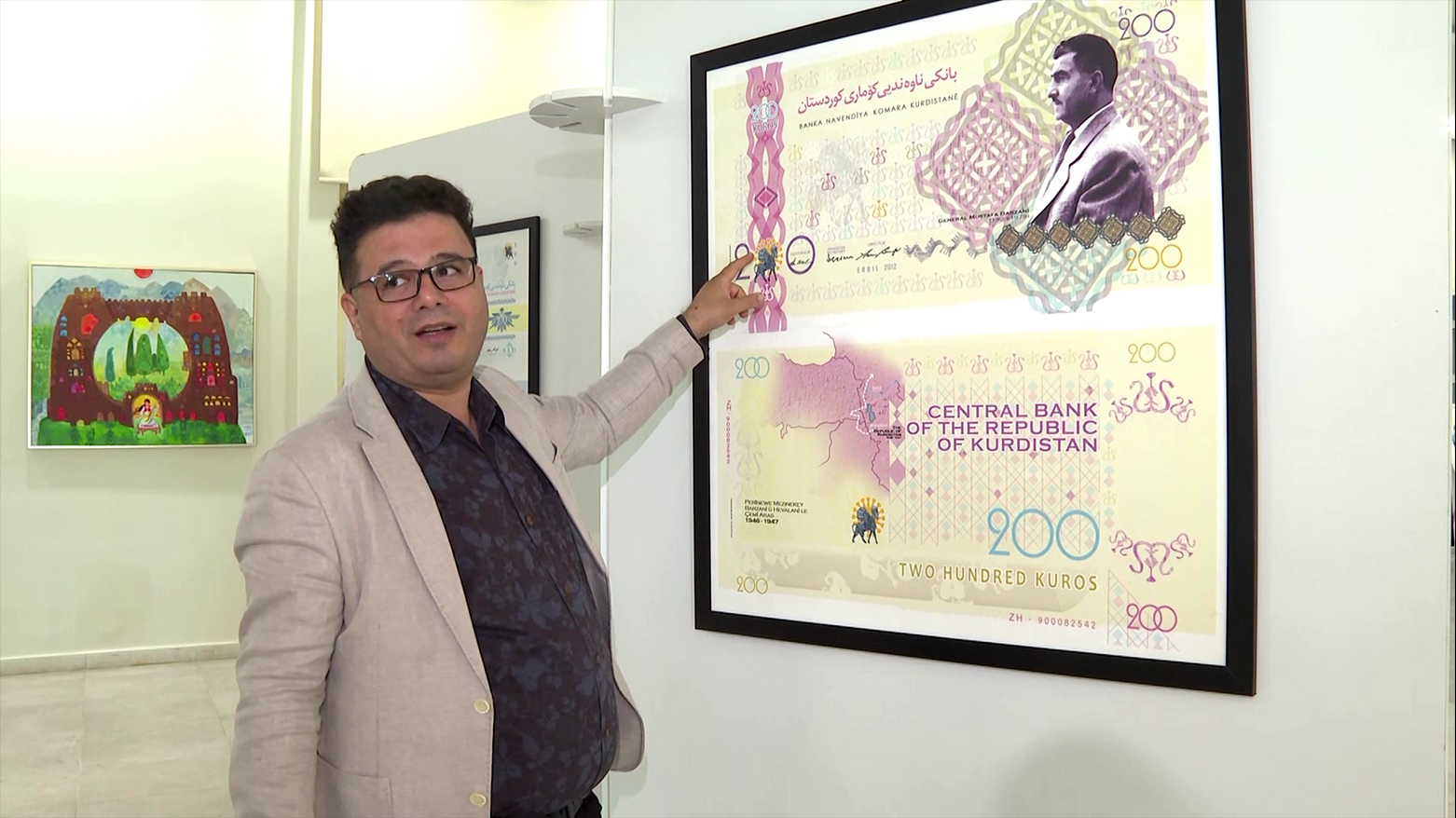
Portraits of iconic Kurdish leaders, celebrated cultural figures, and evocative landscapes from across the Kurdish regions were intricately woven into the designs, alongside powerful slogans that have defined the Kurdish cause for generations. Mamzade, standing amidst his work, articulated a vision rooted in both patience and conviction.
"The currency design is intended for the future—when Kurdistan becomes a state, God willing, not far from now despite the many challenges ahead," he explained.
His focus on the tangible emblems of statehood—money, official seals, institutional logos—served as a powerful statement that independence is not an abstract dream but a concrete project to be planned and visualized. This forward-looking collection was part of a larger body of his work on display, all thematically linked to the Kurdish journey.
"In addition to this, other graphic works are on display here, including designs for the independence referendum, book covers, posters, and various artistic packages," Mamzade added.
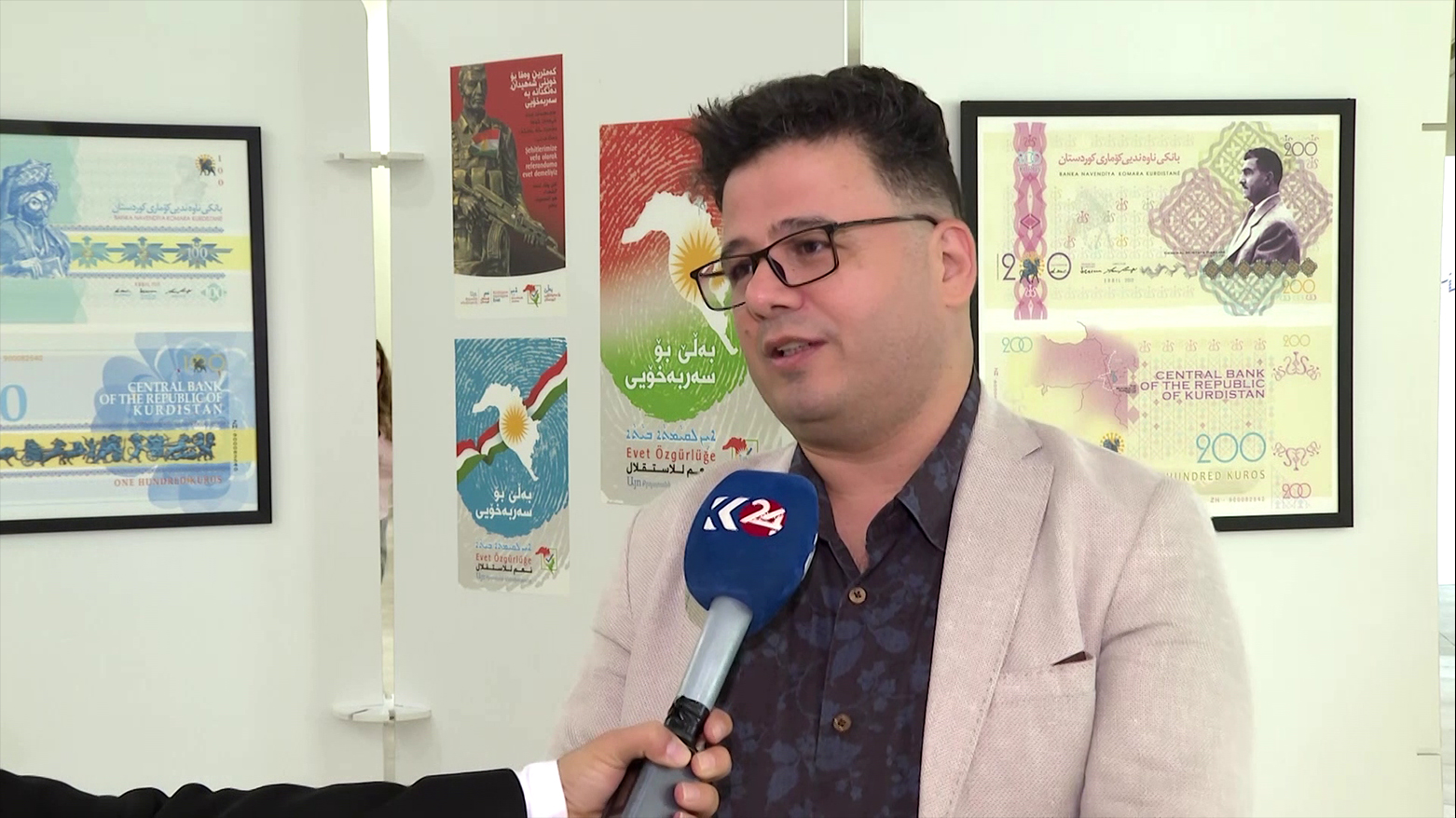
While his work propelled the viewer's imagination toward a political horizon, the exhibition simultaneously drew them back into the deep wellspring of Kurdish heritage.
Behadin Mihemedi, an artist who had traveled from Eastern Kurdistan, presented a collection that acted as a cultural anchor, grounding the aspirations for the future in the richness of the past. His thirteen paintings were a vibrant exploration of Kurdish folklore and cultural values, a visual tapestry of emotion, thought, and tradition.
Through his art, Mihemedi sought to forge a connection between generations, aiming to ensure that the cultural identity of the Kurdish people remains a source of strength and inspiration for the youth.
“I have come from Eastern Kurdistan, in Iran, after being invited to this exhibition,” Mihemedi said, highlighting the cross-border unity that the event fostered. “I have brought thirteen pieces, all centered on the values and significance of Kurdish culture and folklore. This collection is now being presented here at the university.”
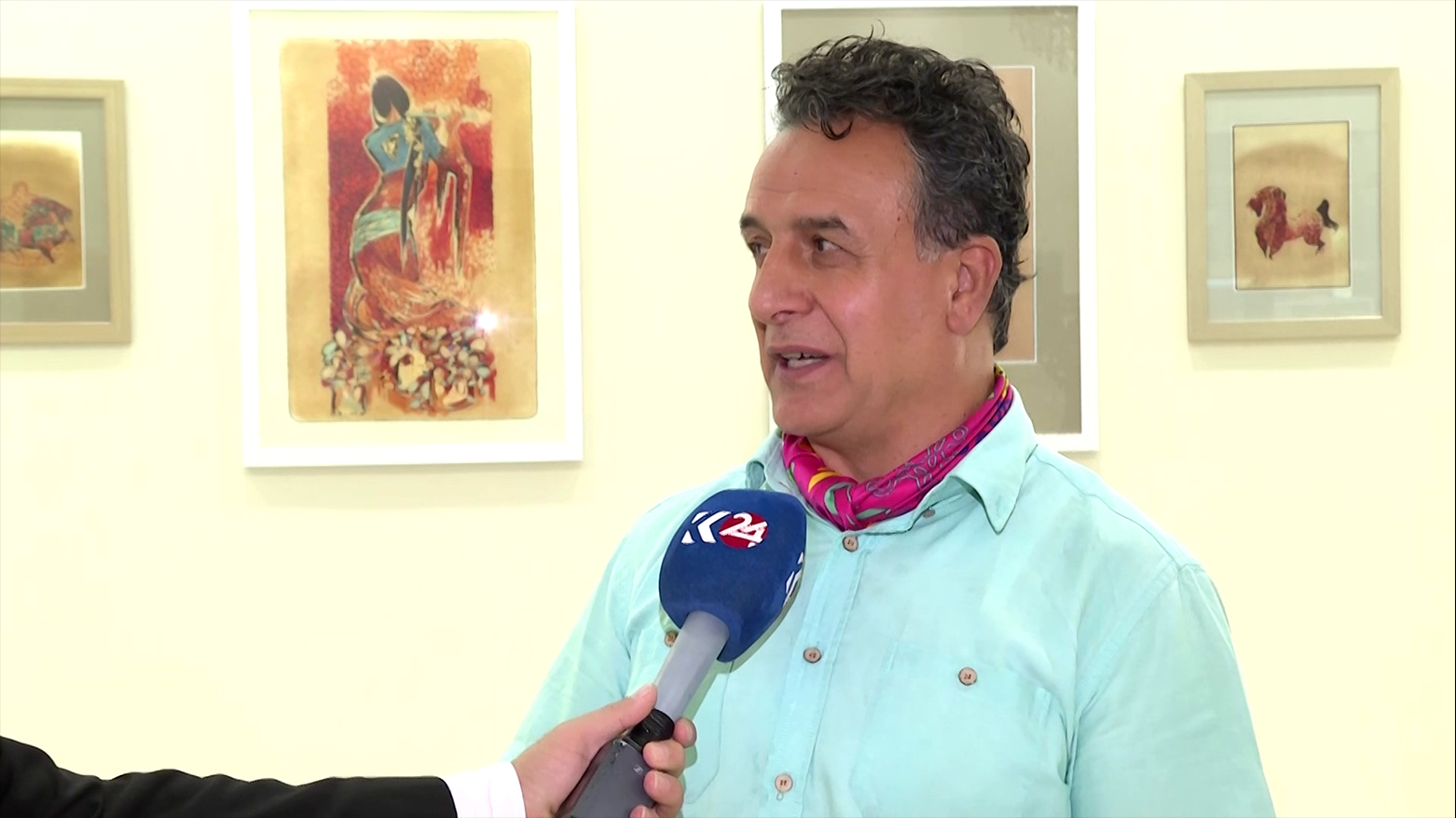
Though the three artists—two from Eastern Kurdistan and one from the Kurdistan Region—each brought a distinct style and mode of expression to the exhibition, they were united by a shared artistic philosophy.
They articulated a common belief that the most profound creativity emerges from the intersection of two powerful forces: imagination and environment. When the artist’s inner world of ideas and the outer world of culture, landscape, and experience converge, they explained, true and meaningful art is born.
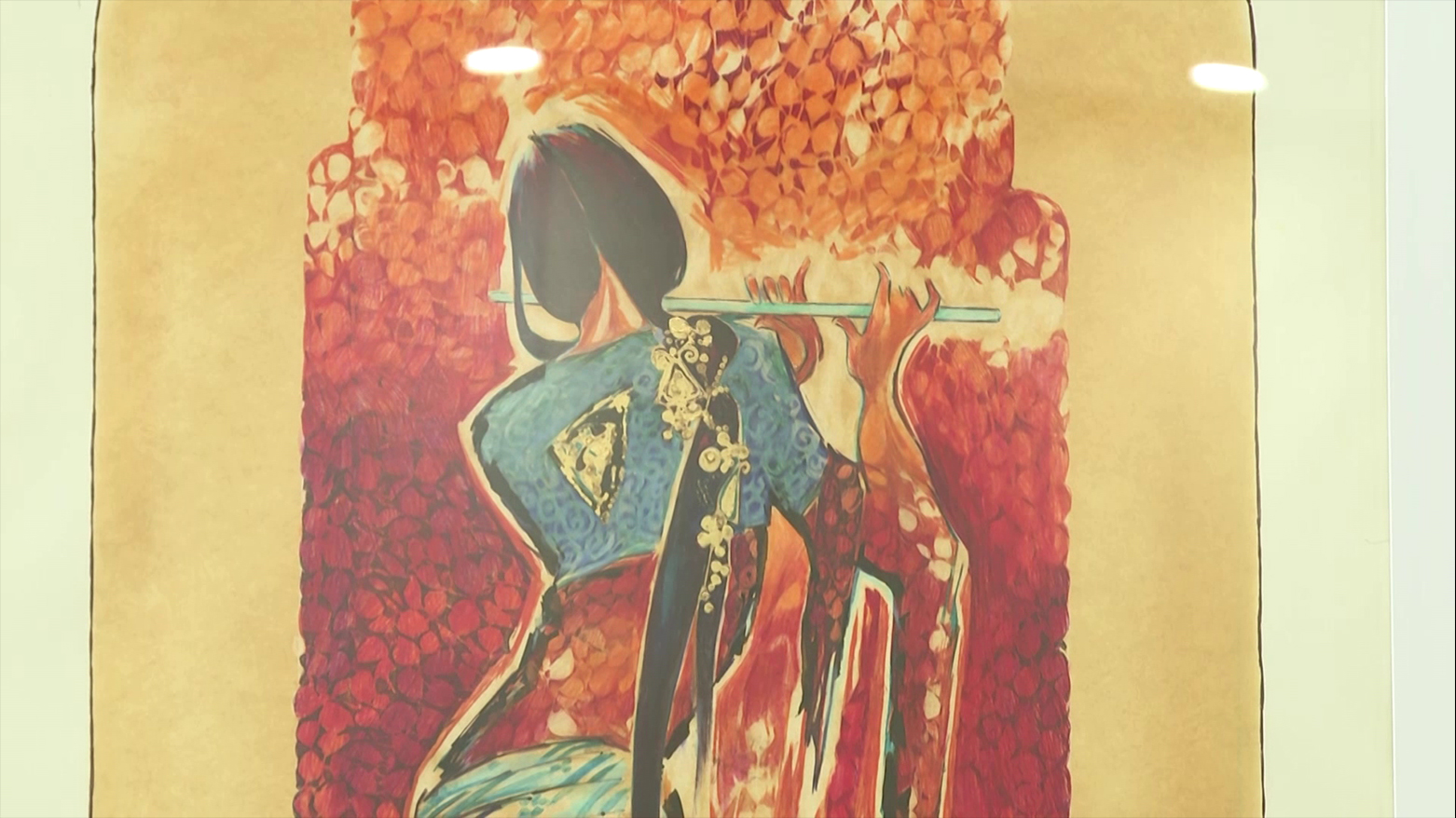
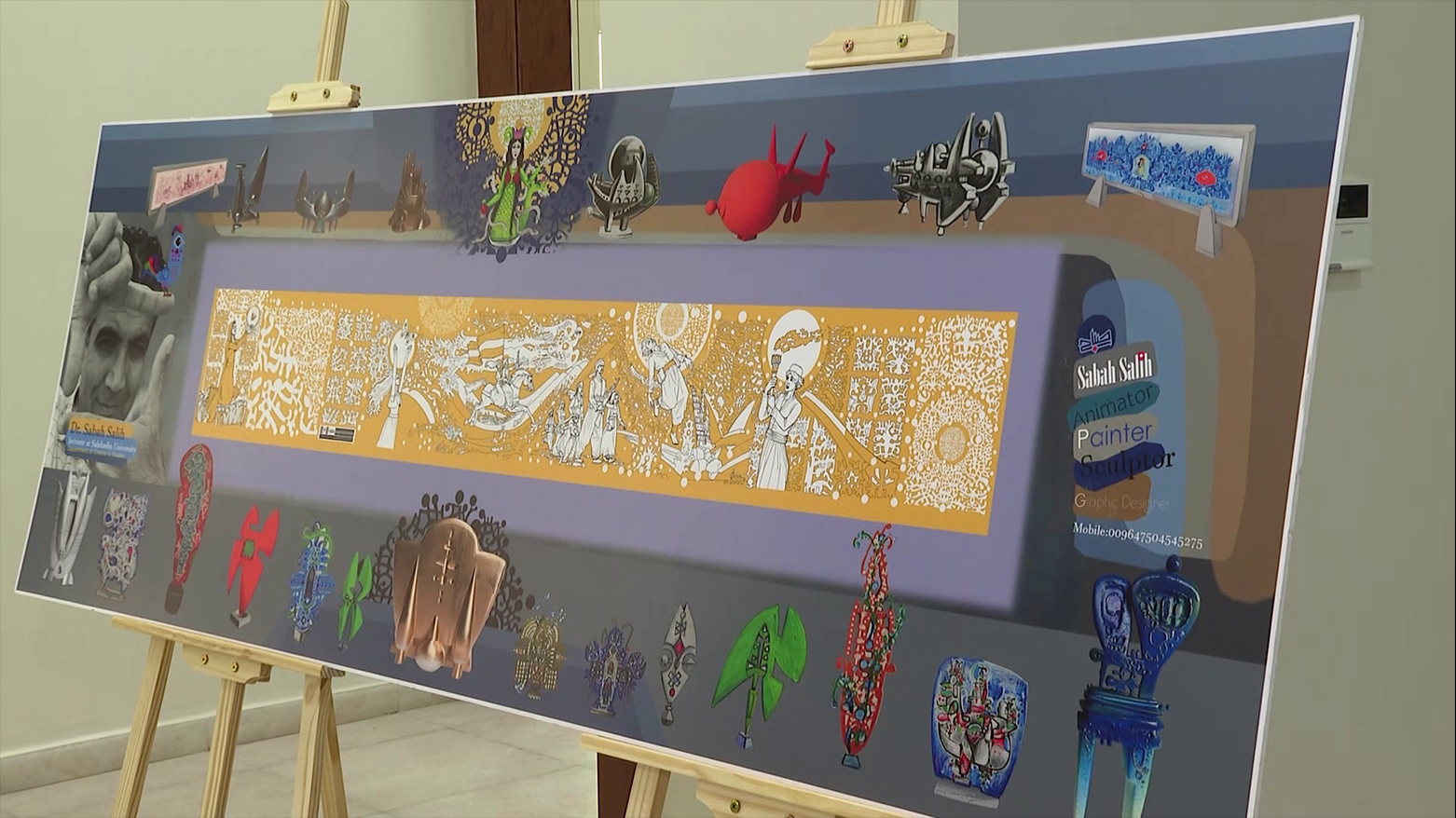
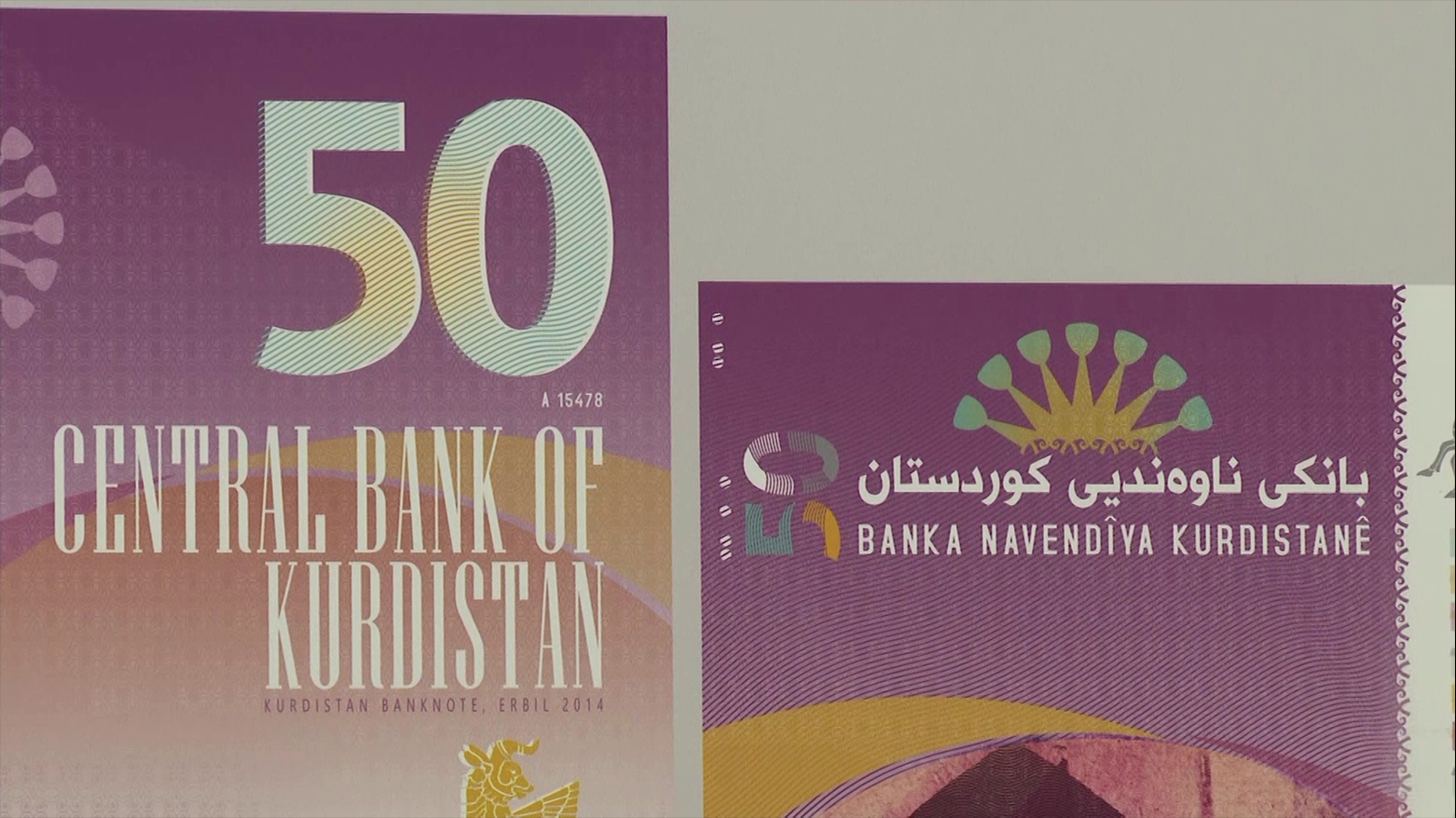
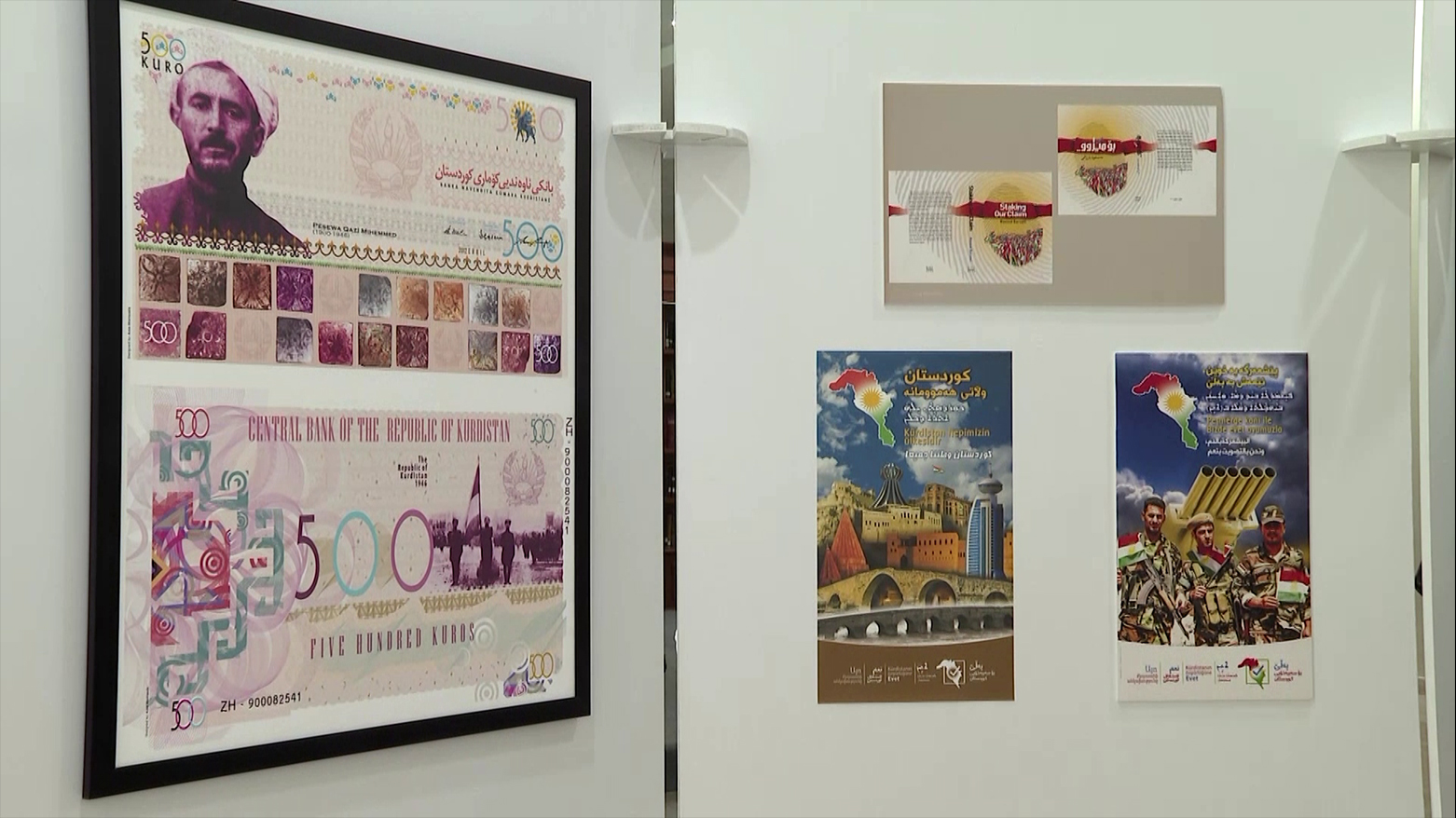
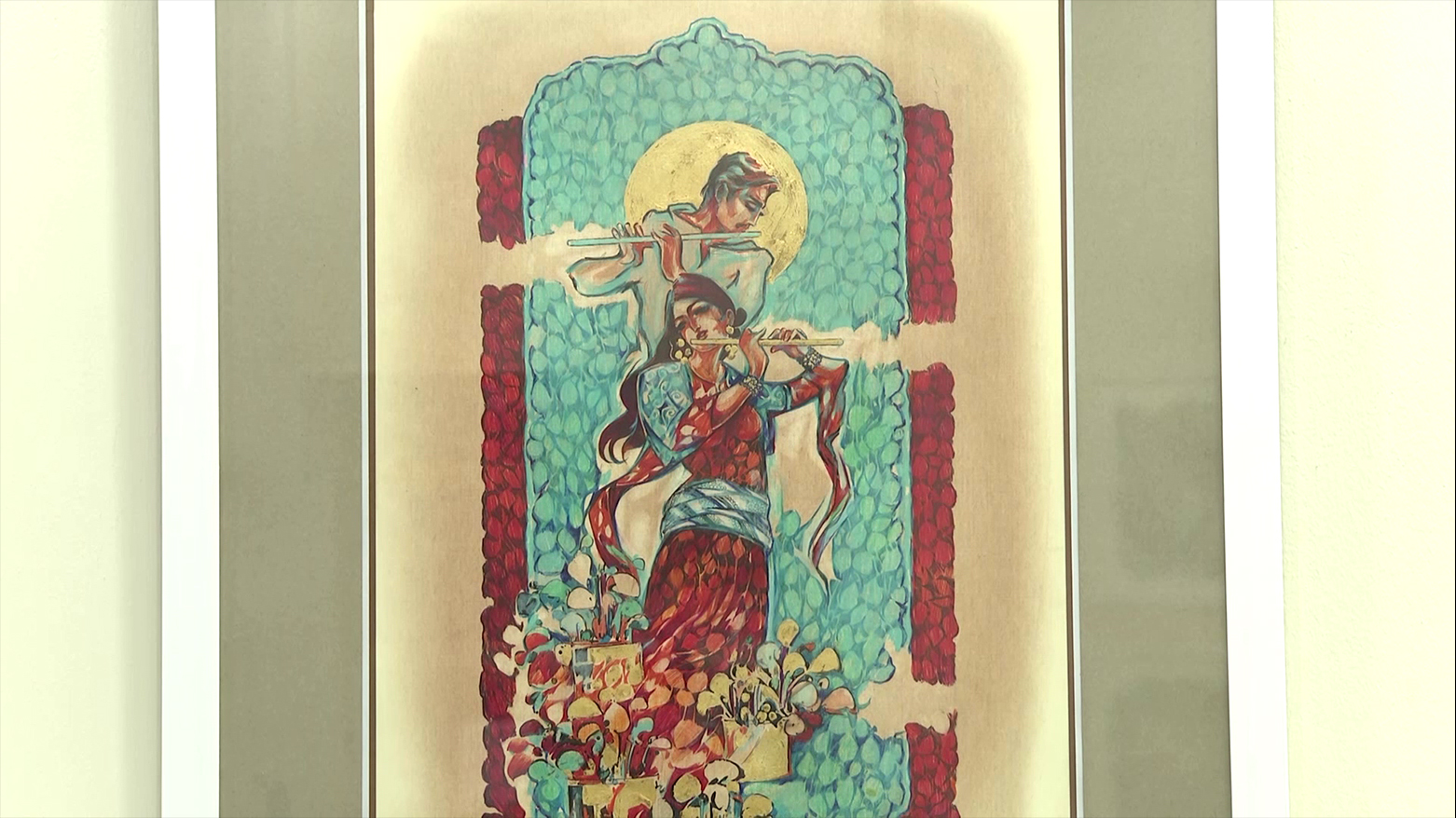
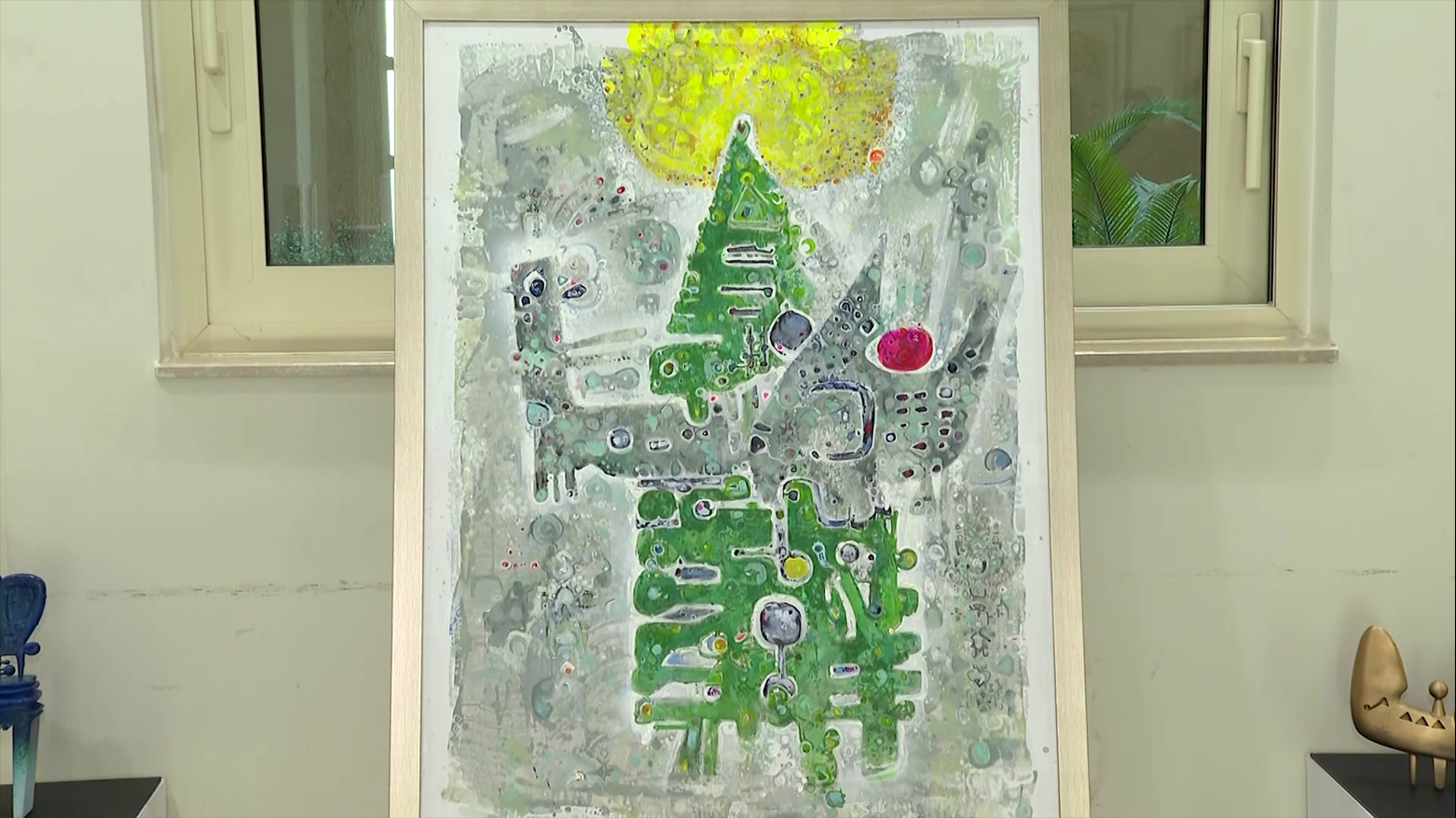
This philosophy was at the heart of the organizers' mission for the event.
They emphasized that the exhibition was conceived not merely as a showcase for individual talent, but as a dynamic forum for interaction and mutual discovery.
The goal was to create a living dialogue between the artists, the university's students, and the broader Duhok community, allowing for a creative exchange that could spark new ideas and foster a deeper appreciation for the role of art in shaping society.
The success of this endeavor was palpable in the engaged atmosphere of the gallery, as attendees moved between visions of a future state and reflections on an ancient heritage. The connection forged was not lost on the university's students.
“Today's exhibition, fortunately, is an expression not only of our esteemed artists, but it also makes a connection between the student and the esteemed artists and also the community,” one student observed while speaking to Kurdistan24’s Duhok correspondent, Bewar Hilmi. “They can learn from each other at the beginning and also perhaps become a source of inspiration for each other.”
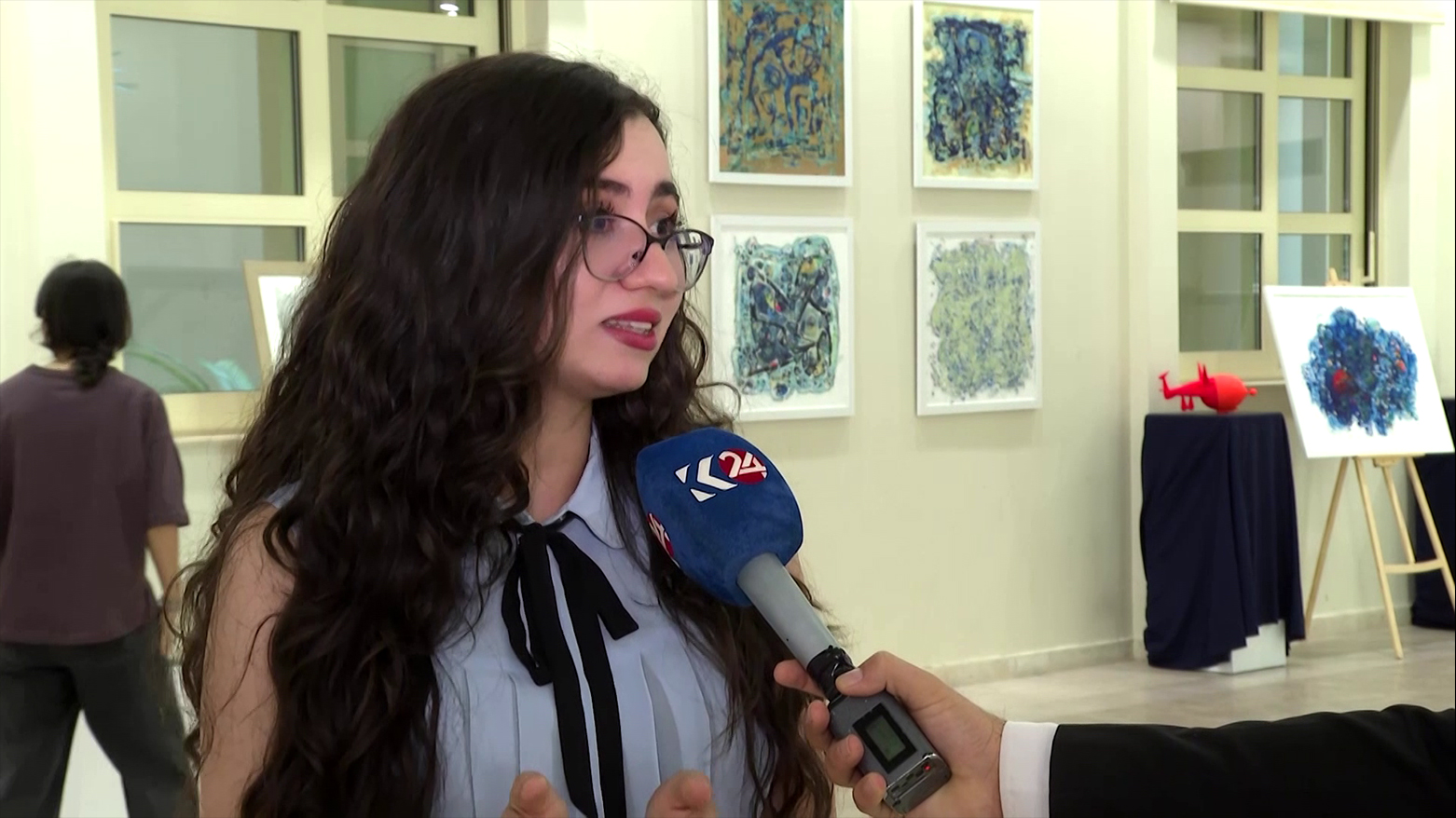
In doing so, the "Three Perspectives" exhibition achieved a remarkable feat: it used the power of art to unite different geographies, to bridge the gap between generations, and to hold in delicate, creative balance the memories of the past and the dreams for the future.
